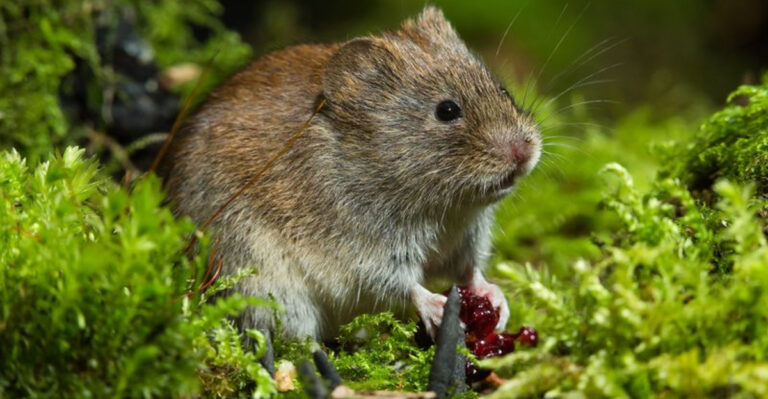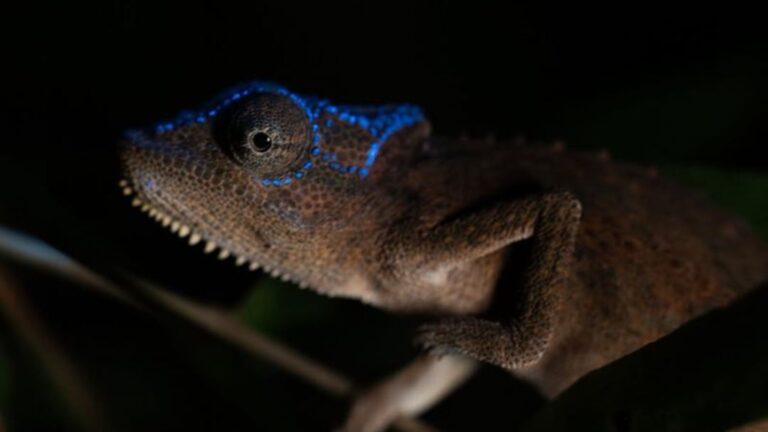14 Unique Traits That Make Mule Deer Stand Out From Their Relatives
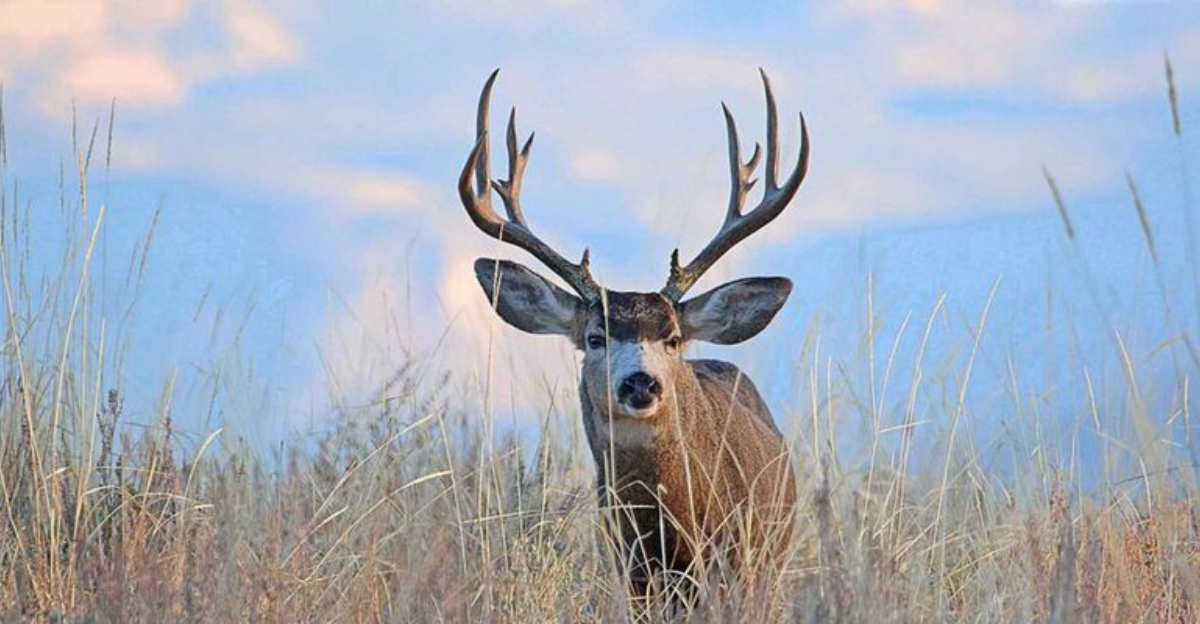
Mule deer, named for their oversized ears, are fascinating creatures that roam the western landscapes of North America.
These remarkable animals have evolved distinct characteristics that separate them from their cousins like the white-tailed deer. From their unique jumping style to their impressive adaptability, mule deer have developed special traits that help them thrive in challenging environments.
1. Distinctive Ears
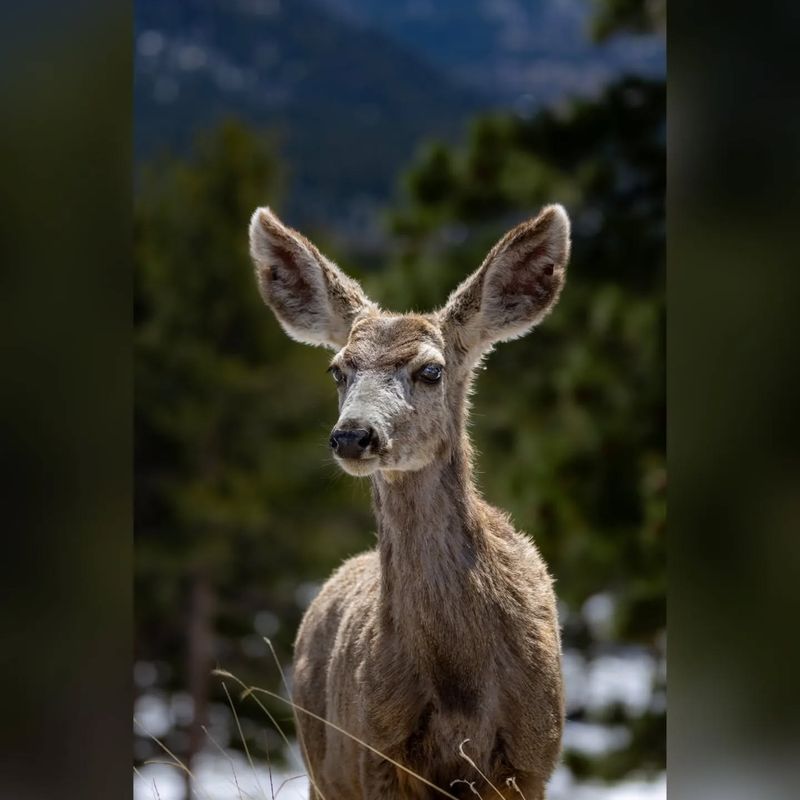
Those enormous ears aren’t just for show! Measuring up to 9 inches long, mule deer ears can rotate independently to pinpoint sounds from any direction.
This remarkable hearing ability gives them a crucial advantage in detecting mountain lions, wolves, and other predators long before they become visible. Their exceptional ears work like natural satellite dishes in their open habitat.
2. Antler Shape
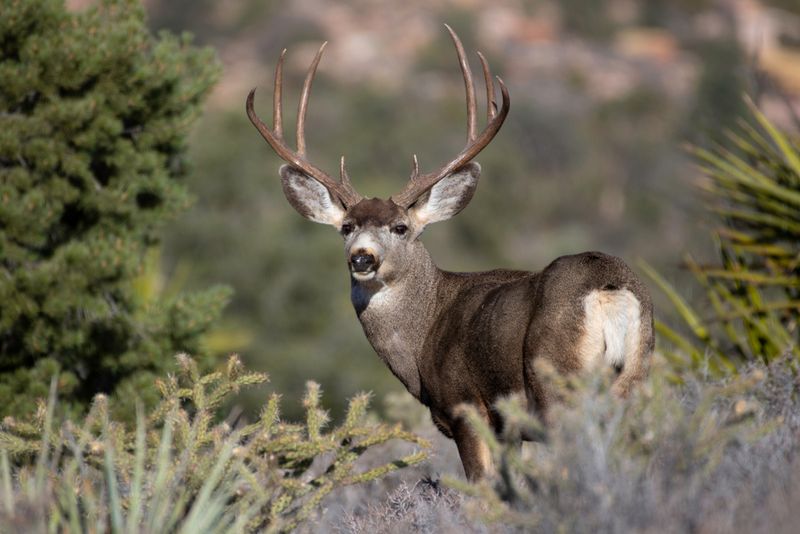
Unlike their white-tailed cousins with single main beams, mule deer sport antlers that fork equally, creating a distinctive Y-shaped pattern that branches again and again.
Bucks grow new antlers annually, with mature males displaying up to 15 points. This unique branching pattern makes identifying mule deer bucks easy even from a distance, as no other North American deer shares this characteristic.
3. Mule Deer’s Tail

A mule deer’s tail tells a different story than the familiar white flag of its eastern relative. Their rope-like tail has a black tip and lacks the broad, flag-like appearance white-tailed deer flash when alarmed.
This narrower tail with its distinctive black tip serves as a warning signal to other deer when danger approaches. Young fawns follow this visual cue when fleeing predators.
4. Habitat Preferences
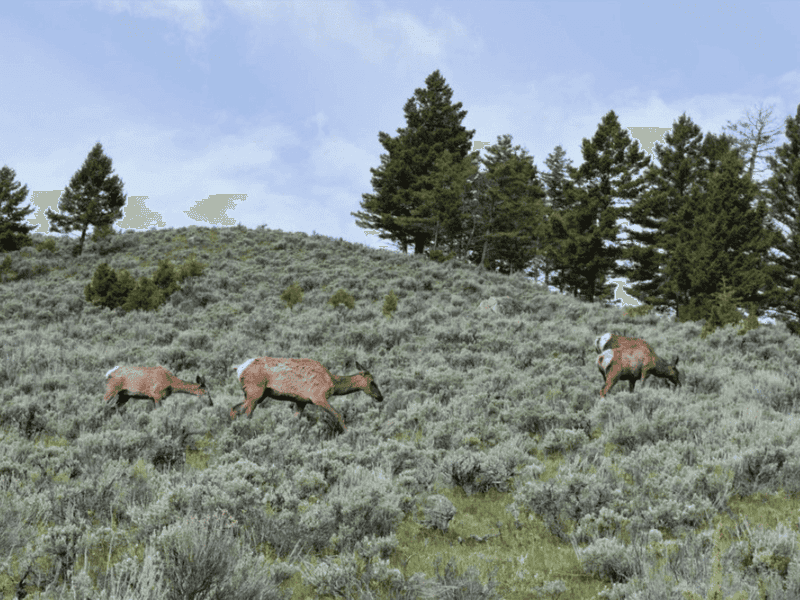
While white-tailed deer thrive in forests and farmlands, mule deer prefer the rugged edges where mountains meet deserts. They’ve mastered life in sagebrush flats, piñon-juniper woodlands, and rocky mountain slopes.
This preference for open, broken terrain allows them to spot predators from afar. Their specialized digestive systems have adapted to extract nutrients from the tough, aromatic plants that dominate these harsh landscapes.
5. Mule Deer’s Jumping Ability
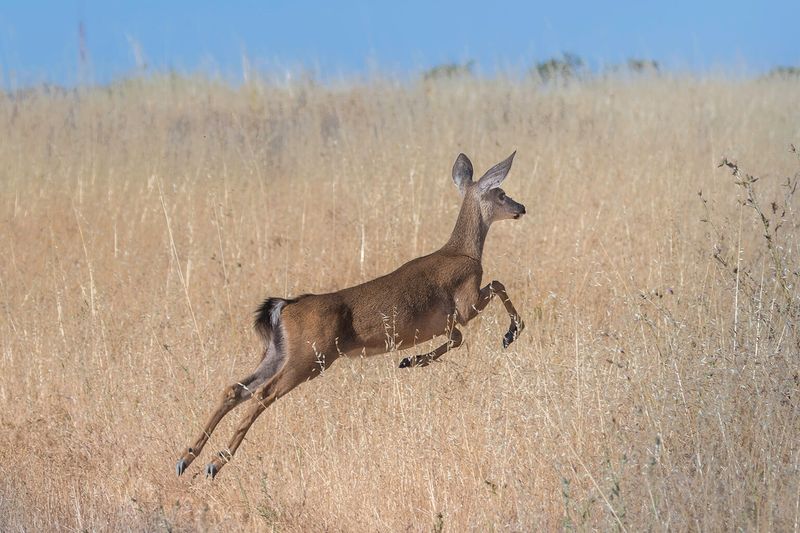
Watch a mule deer escape and you’ll witness their signature move – the stotting or “pronking” jump. Unlike white-tailed deer’s graceful bounds, mule deer push off with all four feet simultaneously, launching themselves up to 8 feet high.
This pogo-stick motion allows them to quickly change direction while maintaining visibility over tall sagebrush. Predators find this erratic bouncing pattern extremely difficult to track and intercept.
6. Size And Build

Built like wilderness athletes, mule deer stand taller and bulkier than white-tailed deer, with bucks weighing up to 330 pounds. Their chest is deeper and their legs slightly shorter and stockier.
This robust physique serves them well in rough mountain terrain. The extra muscle mass helps them power up steep slopes and navigate rocky landscapes that would challenge their more delicate cousins.
7. Adaptability To Altitudes
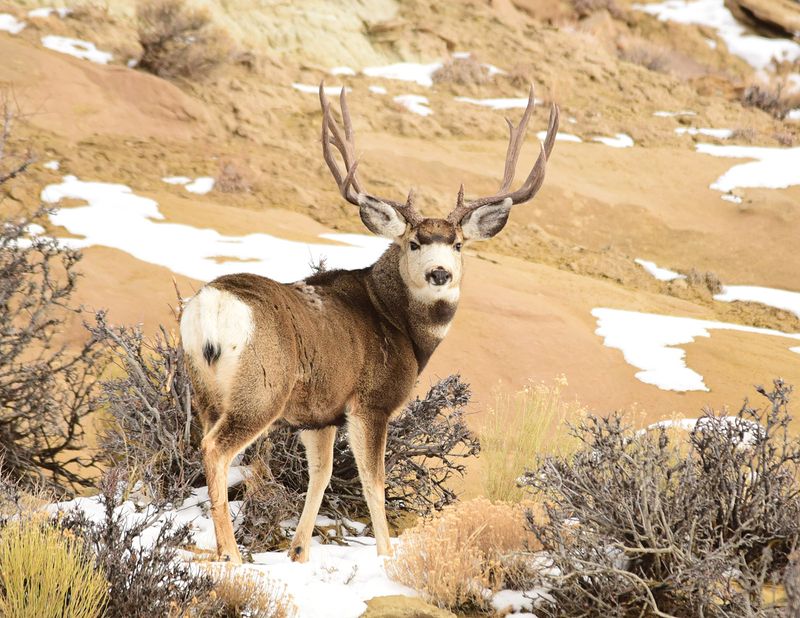
Mountain masters by nature, mule deer thrive from sea level deserts to alpine meadows 10,500 feet above sea level! Their specialized hemoglobin extracts oxygen more efficiently from thin mountain air.
Seasonal migrations can take them across elevation changes of 5,000+ feet. This remarkable adaptability allows them to follow the seasons, moving upslope as spring greens the mountains and descending to sheltered valleys before winter’s harshest cold.
8. Behavior During Mating Season

Romance, mule deer style, looks quite different from other species. Rather than establishing harems like elk, buck mule deer engage in less aggressive “tending” behavior, shadowing a single doe for days.
They perform subtle displays including neck extensions and soft vocalizations. This unique courtship strategy conserves energy in their harsh environment and reduces injury risk, allowing bucks to survive the challenging winter months after the rut.
9. Feeding Habits
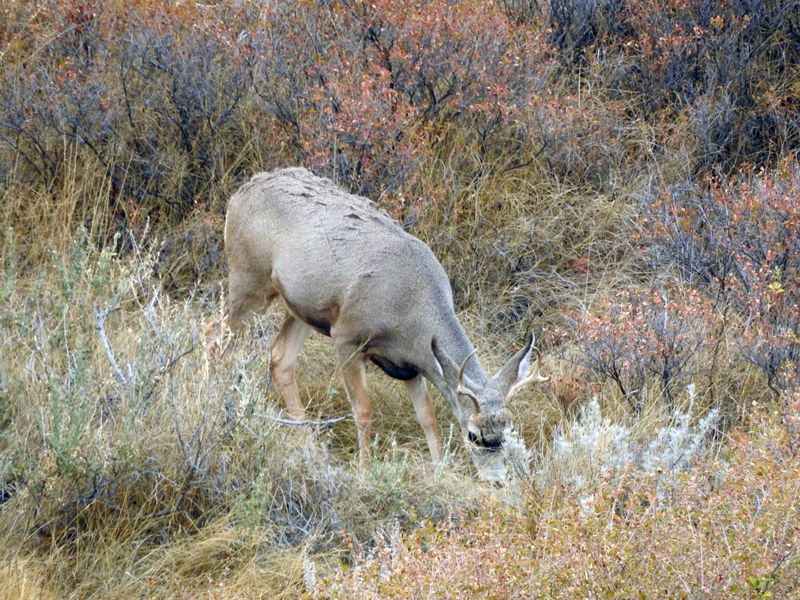
Master browsers rather than grazers, mule deer feast on over 600 plant species throughout their range! Their specialized digestive system tackles woody shrubs, bitter sage, and desert plants that other animals avoid.
Their split upper lip works like nimble fingers, selecting the most nutritious leaves and buds. This dietary flexibility enables them to thrive in regions where grass-dependent species would struggle to find enough suitable food.
10. Mule Deer’s Range
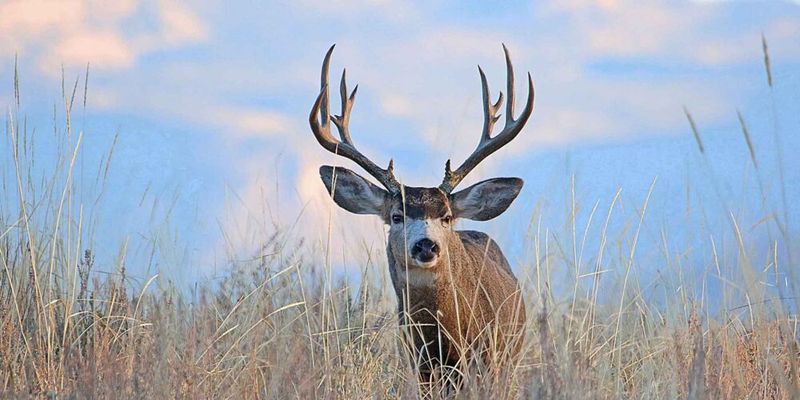
From Alaska’s southern coast to central Mexico, mule deer have conquered an astonishing variety of western landscapes. They’ve adapted to scorching deserts, temperate rainforests, and frigid mountain ranges.
This remarkable geographic range spans over 3,500 miles north to south! Unlike white-tailed deer, which expanded westward with human development, mule deer evolved specifically to handle the challenging conditions of North America’s mountainous western regions.
11. Camouflage And Coat Color
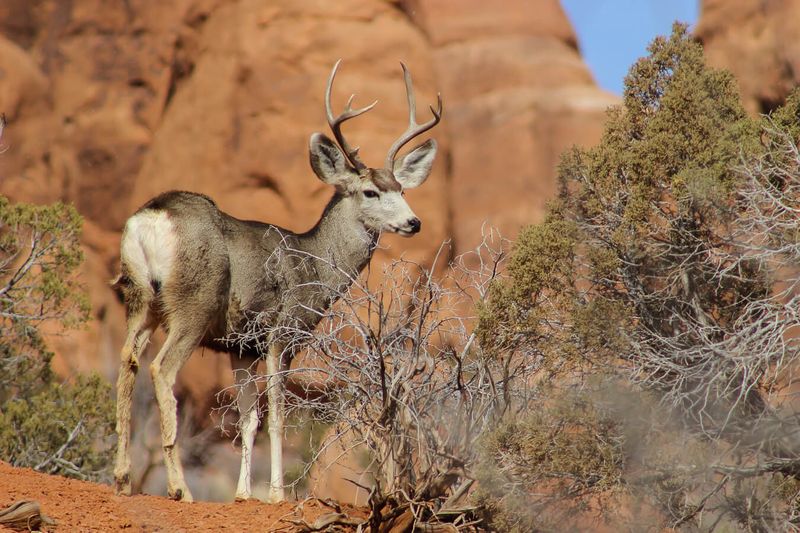
Fashion-forward deer? Mule deer sport two distinct seasonal outfits! Summer brings a reddish-brown coat that blends with sun-baked soils and reddish underbrush.
Winter transforms them with a grayish-brown coat that’s 30% thicker with hollow guard hairs for insulation. Their face features distinctive markings including a white rump patch and dark forehead that create disruptive patterns, breaking up their outline against varied backgrounds.
12. Social Structure

Family ties run strong in mule deer society. Does form small matriarchal groups with their offspring, while bucks typically band together in bachelor groups outside of breeding season.
Unlike the larger herds of white-tailed deer, these smaller, loosely connected groups allow mule deer to disperse more effectively across sparse western landscapes. This social strategy helps them avoid depleting local food resources in their challenging environment.
13. Scent Marking
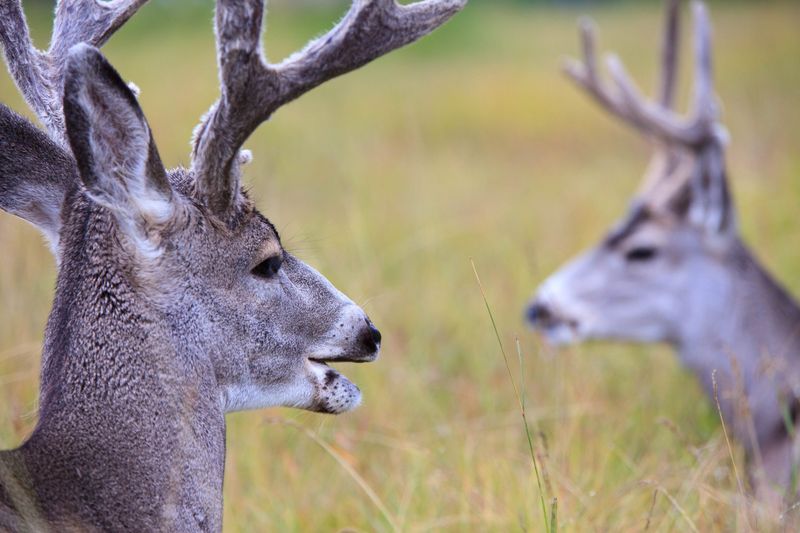
Chemical communication is crucial in the mule deer world. Bucks possess specialized scent glands between their toes, near their eyes, and on their tarsal joints that leave individualized odor signatures.
During rut, they create “scrapes” by pawing the ground and urinating on their tarsal glands. This scent-marking behavior differs from other deer species in its intensity and placement, creating invisible territorial boundaries and advertisements for potential mates.
14. Survival Strategies In Winter
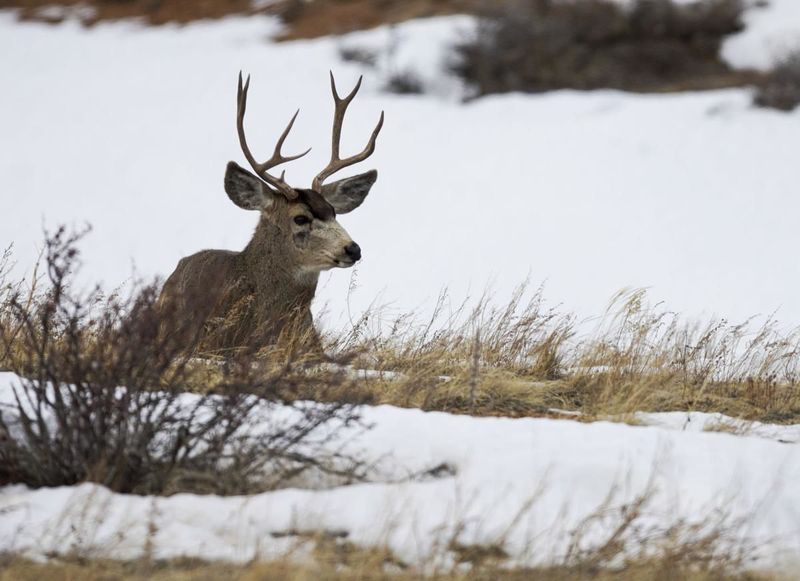
Winter warriors by necessity, mule deer employ remarkable strategies to survive brutal mountain winters. They reduce their metabolism by up to 40% and limit movement to conserve precious energy stores.
Unlike white-tailed deer, they often remain at higher elevations, using their powerful bodies to paw through snow for food. Their specialized winter coat traps an insulating layer of air while their larger body mass helps retain critical heat in sub-zero temperatures.


